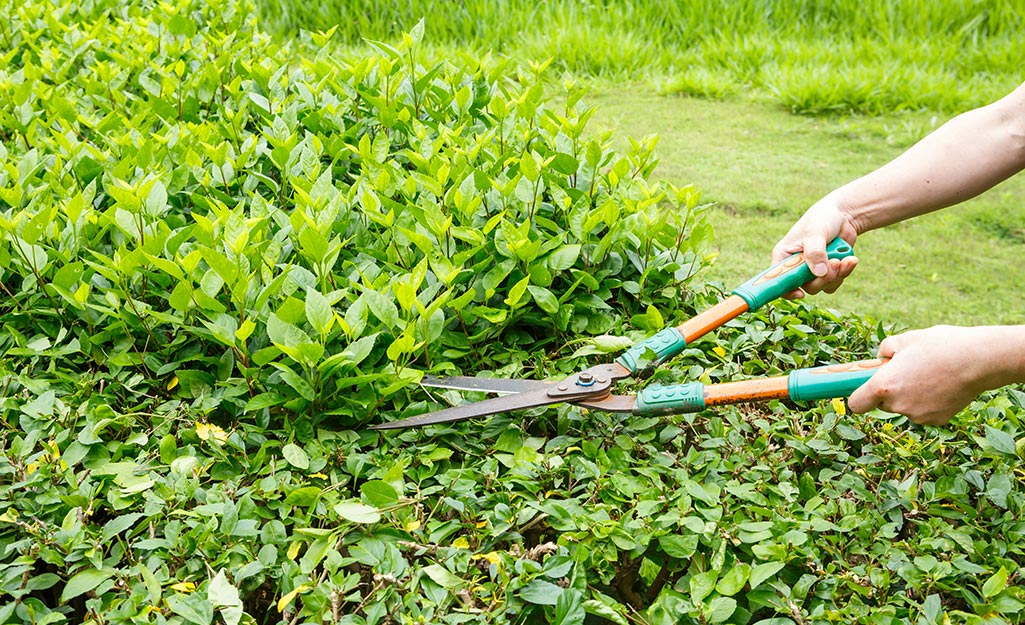Taking care of trees is an important part of keeping a yard safe and looking good. Many homeowners wonder whether it is more cost-effective to have a tree trimmed or to have it completely cut down. The answer depends on several factors such as the size of the tree, its location, and the reason for the work. Both options come with their own price ranges, benefits, and long-term considerations.
The Difference Between Trimming and Removal
Tree trimming is a service where professionals cut back overgrown branches, remove dead wood, and shape the tree for better growth and appearance. This process keeps the tree alive and healthy while also improving safety around your property.
Tree removal, on the other hand, involves cutting down the entire tree and usually removing the stump as well. Removal is a more complex job since it requires careful planning, specialized equipment, and often more labor to complete.
In most cases, trimming is less expensive than removal because it requires less time and effort. However, if a tree is diseased, damaged, or poses a risk of falling, removal may be the only safe choice.
Typical Costs of Tree Trimming
Tree trimming usually costs less than removal. On average, homeowners can expect to pay anywhere from $200 to $800 depending on the tree’s height, thickness, and accessibility. Small trees are the cheapest to trim, while larger trees with hard-to-reach branches may increase the cost.
Another factor that affects the price is whether trimming is for health, safety, or aesthetics. If it is a light trim to improve appearance, costs are usually lower. But if heavy branches near power lines or rooftops need careful removal, the price will go up.
Many people in the area also rely on local professionals like Harmony Tree Care in Bernardsville NJ, known for balancing cost and quality service. Skilled teams like these not only make trimming more affordable but also ensure the work is done safely.
Typical Costs of Tree Removal
Tree removal is generally more expensive than trimming. On average, homeowners can expect costs between $400 and $2,000, with very large or risky trees costing even more. The final price depends on factors such as tree height, trunk thickness, location, and whether stump grinding is included.
Trees located close to houses, fences, or power lines require extra effort and safety precautions. This added difficulty can raise the overall cost. Some companies also charge separately for stump removal, while others offer it as part of the service.
While removal is costly, it may be necessary if the tree is dying, leaning dangerously, or interfering with underground pipes or foundations.
Long-Term Considerations
Trimming helps extend the life of a tree, making it both a safe and attractive feature in your yard. Regular trimming every few years is often enough to prevent major issues. It is usually cheaper in the long run because it avoids the need for removal unless the tree becomes unhealthy.
Removal, while more expensive upfront, eliminates the need for future maintenance of that tree. However, homeowners may face additional costs if they want to replant another tree or landscape the cleared space.
In short, trimming is usually the more budget-friendly option unless the tree is already a hazard.
Choosing the Right Option
The decision between trimming and cutting down a tree depends on its condition. A healthy tree with overgrown branches only needs trimming. A tree that is diseased, leaning, or posing safety risks may require complete removal.
Getting an inspection from a professional arborist is the best way to know which option makes sense for your situation. An expert can recommend whether trimming will solve the problem or whether removal is the safest choice.
The Importance of Professional Help
Tree care is not something to take lightly. Both trimming and removal involve heavy tools and working at dangerous heights. Attempting the job without proper skills and equipment can result in injury or property damage.
Hiring a trusted professional ensures that the work is done safely and efficiently. Local services with strong reputations often provide fair pricing and reliable results. Many homeowners in New Jersey turn to well-reviewed services like Harmony Tree Care for this reason, as they combine experience with customer-focused service.
Why Some Services Stand Out
Some companies set themselves apart by offering not just fair pricing but also honest advice. For example, many clients mention that Harmony Tree Care in Bernardsville NJ provides clear explanations about whether trimming or removal is the better choice. Having this level of guidance makes the process easier for homeowners who want safe, cost-effective solutions.
Conclusion
In most cases, trimming a tree is cheaper than cutting it down. Trimming usually costs between $200 and $800, while removal can range from $400 to $2,000 or more. The right choice depends on the health of the tree, its location, and the level of risk it poses.
If a tree is healthy but overgrown, trimming is usually the smarter and more affordable option. However, if it is diseased, damaged, or dangerous, removal may be necessary despite the higher cost.
Working with professionals ensures safety and long-lasting results. Companies with experience, strong reputations, and fair pricing—such as Harmony Tree Care—make it easier for homeowners to manage their trees with confidence.
